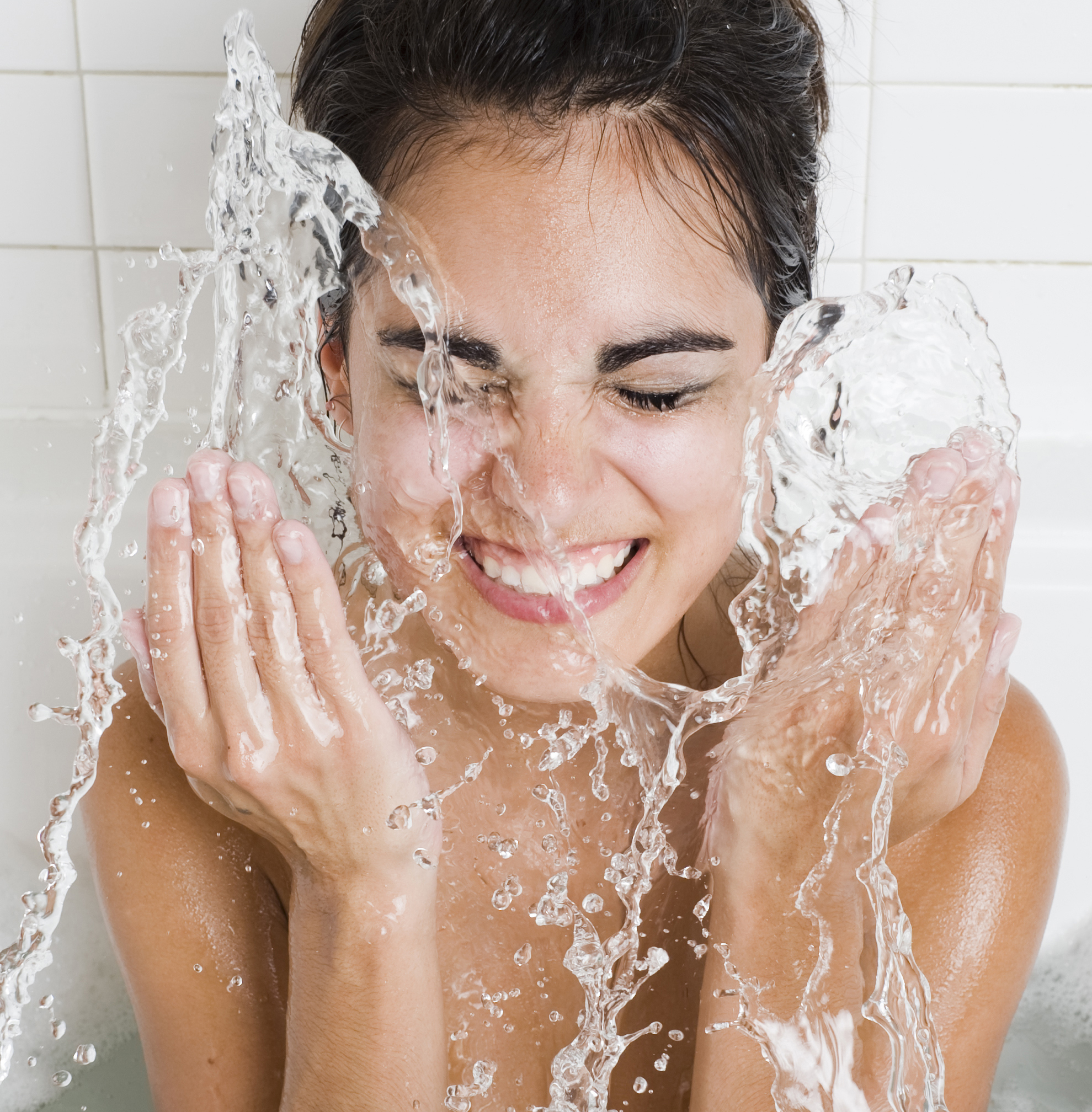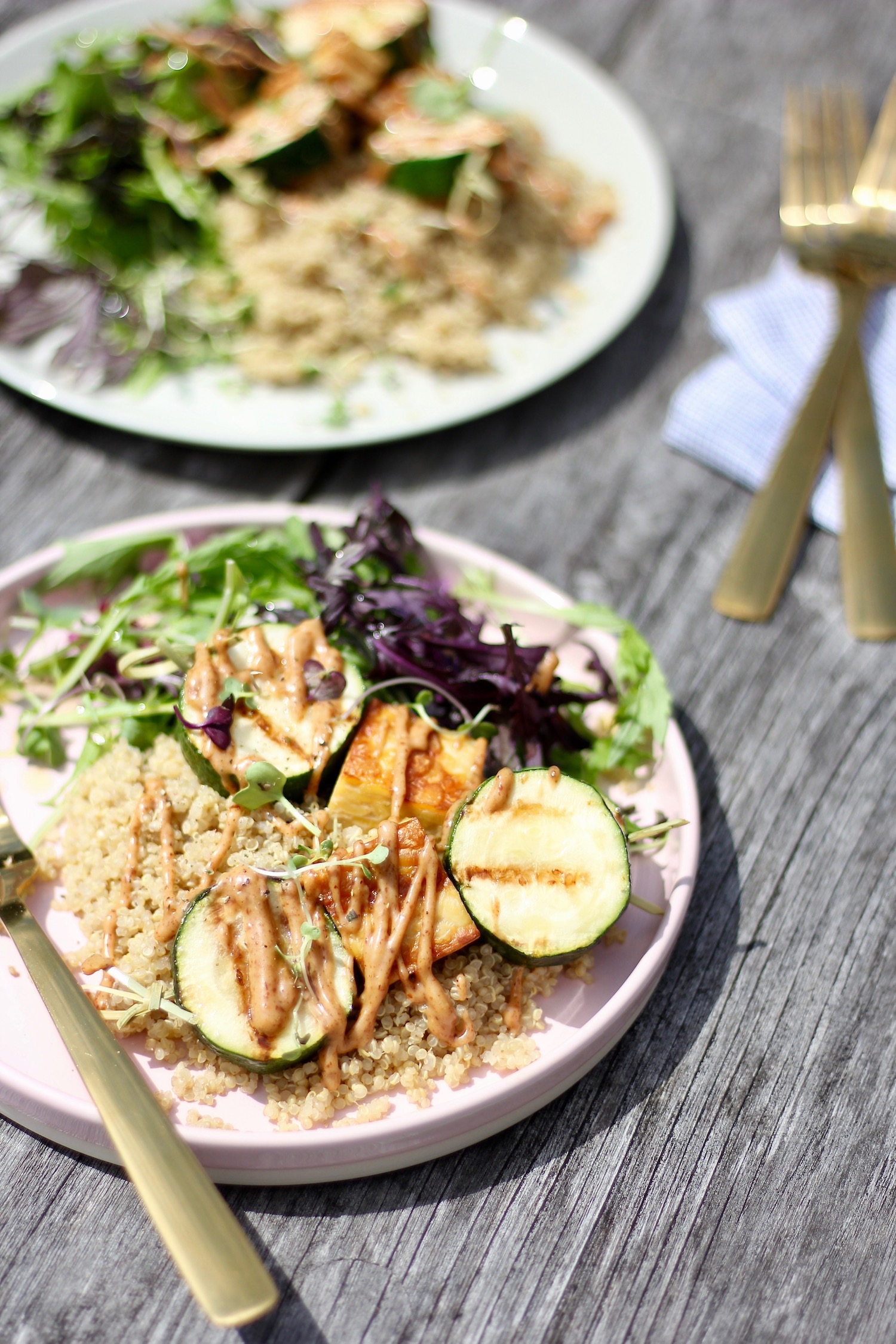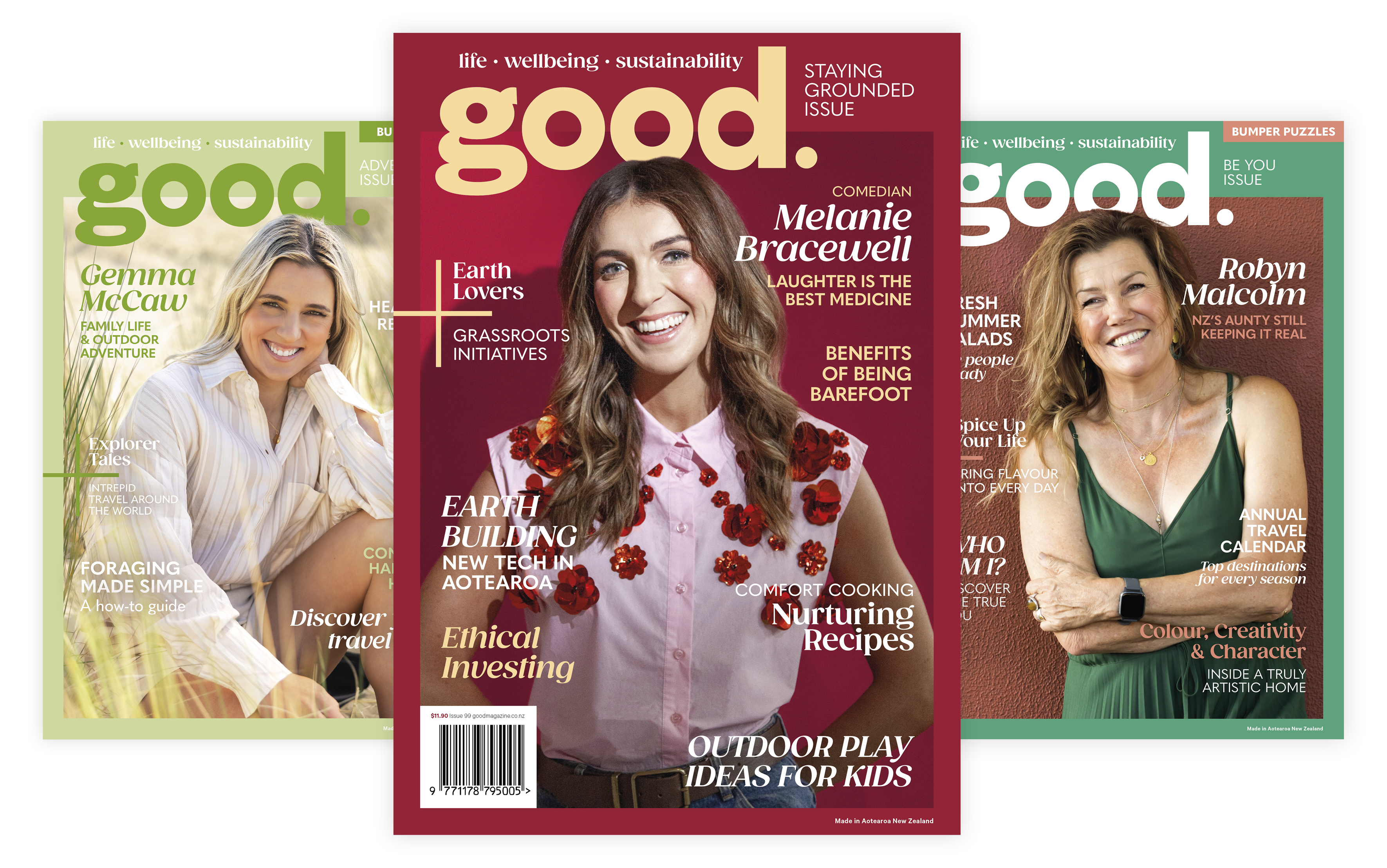Is your favourite body product safe for you, the fish and the food chain?
Words Pamela McIntosh
Heightened consumer awareness about what goes onto our skin (and subsequently into our body) from personal care products is all well and good. But what about the liquid remnants that go down the drain?
Rinse-off products such as soap, shampoo, conditioner, cleanser, body scrub and self-tanners take a post-use journey into our waste-water facilities before ending up in the ocean. From here, things get fishy.
Poison pills
Dr Trisia Farrelly, a senior lecturer at Massey University’s School of People, Environment and Planning, explains how plastics in body scrubs – often in the form of microbeads – are a problem, but in more ways than you would initially think.
“There is a problem with things like BPA [bisphenol A – a chemical that has been used to make some plastics since the ’60s] and microbeads,” says Farrelly. “When [plastics] break down in the ocean, Endocrine Disrupting Chemicals (EDCs) leak out.”
EDCs are compounds that alter the normal functions of hormones, resulting in a variety of negative effects on our health.
But it goes beyond this, explains Farrelly. “EDCs can also adsorb (be attracted by) Persistent Organic Pollution (POP) – that’s the nasty stuff like flame retardants, heavy metals, lead, mercury…
It’s the POPs that negatively affect the liver, kidneys, respiratory and neurological systems in not only humans but in animals [such as sealife] as well.”
This means that, sadly, plastics are not only leaching but are also attracting POPs, hence the industry term, ‘poison pill’.
Fish are drawn to poison pills because they confuse them for food. And then these toxins end up getting in the tissue of fish flesh, which gets eaten by other larger fish. Which humans eat.
You can see how fast and easily this bio-accumulates.
We can slow the cycle by being more aware of toxic ingredients in our personal hygiene kit (not only for your own sake but the environment’s) and try to cut down on the amount we use on a daily basis.
The Drain Game
Reduce your household’s harm to the ocean, environment and ultimately humans by avoiding products that include the following ingredients:
Microbeads
Tiny bits of polyethylene (PE), polymethyl methacrylate (PMMA), nylon, polyethylene terephthalate (PET) and polypropylene (PP) – added to creams, soaps, toothpaste as exfoliants. Look for natural alternatives like apricot kernel, jojoba beads or sugar.
Phthalates
Used to scent products and perfumes – have been known to be found in fish samples. The Food and Drug Association does not require companies to list phthalates on product label, so opt for fragrance-free where possible.
Sodium Laurel Sulfate
Is used to give the ‘lather’ affect in many shampoos and soaps. It’s been identified as an environmental toxin by the Environmental Working Group and is also a potent pesticide which can cause organ damage.
Parabens
Preservatives found in many personal care products to stop bacteria growing. Parabens are known endocrine disruptors, which can disrupt and alter reproduction and body functions.







